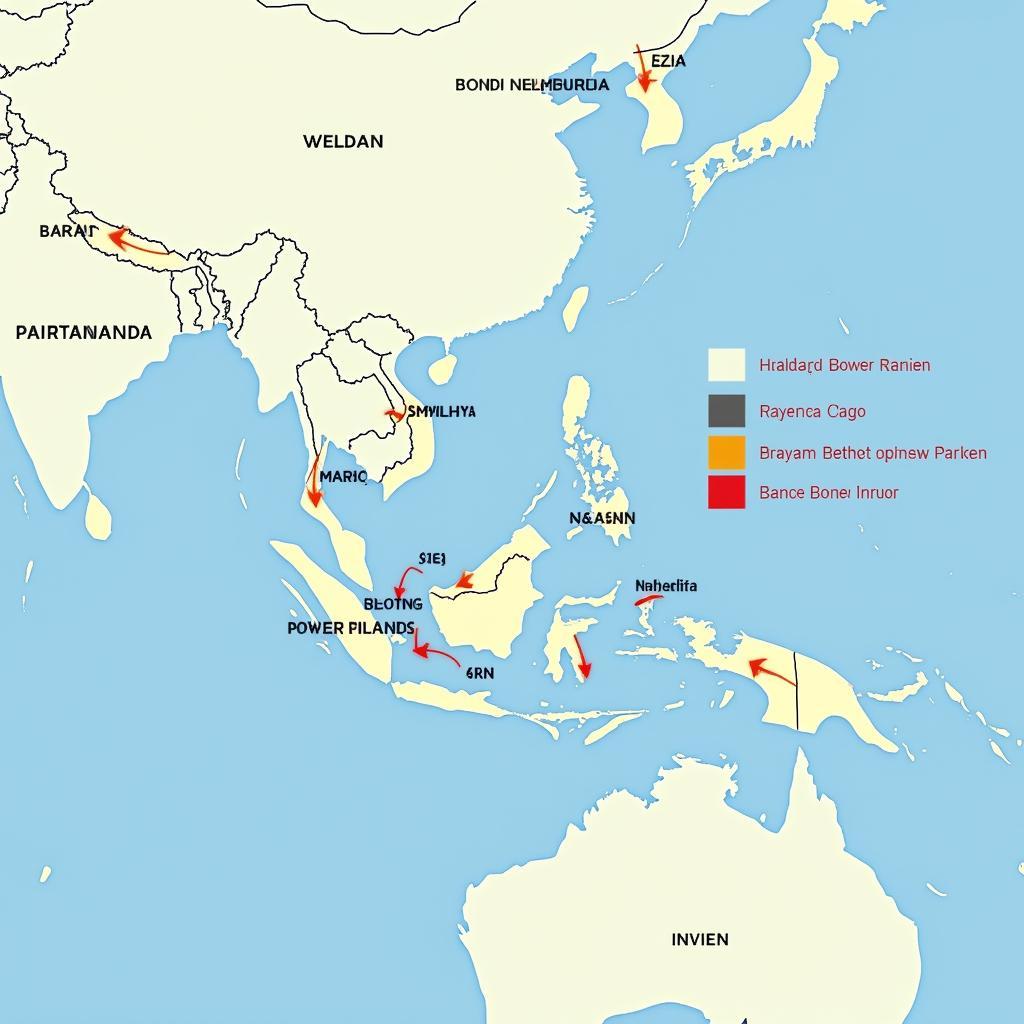Asean Bonds represent more than just financial instruments; they symbolize the growing interconnectedness of Southeast Asian nations. This article explores the multifaceted nature of these bonds, delving into their economic, political, and social implications for the region and its people. We’ll examine the various types of ASEAN bonds, their impact on regional development, and the challenges and opportunities they present.
Understanding the Different Types of ASEAN Bonds
ASEAN bonds encompass a variety of financial instruments, each serving a specific purpose in fostering regional integration. These range from government bonds issued to finance infrastructure projects to corporate bonds that facilitate cross-border investments. Understanding the nuances of these different bond types is crucial for grasping the full scope of their impact.
Sovereign Bonds and Their Role in Infrastructure Development
Sovereign bonds issued by ASEAN member states play a significant role in funding crucial infrastructure projects, such as transportation networks, energy grids, and telecommunications systems. These projects not only improve connectivity within the region but also attract foreign investment and stimulate economic growth.
 ASEAN Sovereign Bonds Funding Infrastructure Development
ASEAN Sovereign Bonds Funding Infrastructure Development
One key aspect of ASEAN bonds is their potential to deepen financial integration within the region. By creating a more interconnected financial system, ASEAN countries can better manage risks, mobilize capital, and facilitate cross-border trade and investment. This, in turn, strengthens economic resilience and promotes sustainable development.
Corporate Bonds: Fueling Private Sector Growth
Corporate bonds issued by companies operating within ASEAN contribute significantly to the growth of the private sector. These bonds provide businesses with access to capital for expansion, innovation, and job creation, further boosting economic dynamism within the region.
 ASEAN Corporate Bonds Fueling Private Sector Growth
ASEAN Corporate Bonds Fueling Private Sector Growth
ASEAN Bonds and Regional Economic Integration
The development of ASEAN bond markets is a critical component of the region’s broader economic integration agenda. By facilitating cross-border capital flows, these markets promote greater financial stability and resilience, enabling ASEAN economies to better withstand external shocks and maintain sustainable growth.
How ASEAN Bonds Foster Economic Resilience
ASEAN bonds contribute to regional economic resilience by diversifying funding sources, reducing reliance on external borrowing, and promoting intra-regional investment. This strengthens the overall financial architecture of ASEAN and enhances its ability to navigate global economic uncertainties.
asean capital markets forum green bonds
Challenges and Opportunities in the ASEAN Bond Market
While the ASEAN bond market holds immense potential, it also faces several challenges, including regulatory harmonization, market infrastructure development, and investor awareness. Overcoming these challenges is crucial for unlocking the full potential of ASEAN bonds and achieving deeper regional integration. Opportunities lie in leveraging technology to enhance market transparency and accessibility, as well as developing innovative financial products that cater to the specific needs of the region.
 Challenges and Opportunities in the ASEAN Bond Market
Challenges and Opportunities in the ASEAN Bond Market
Conclusion: Forging Stronger Ties Through ASEAN Bonds
ASEAN bonds are more than just financial instruments; they are a testament to the region’s commitment to deeper integration and shared prosperity. By addressing the existing challenges and capitalizing on the numerous opportunities, ASEAN can further strengthen these bonds and unlock their full potential to drive sustainable and inclusive growth for all member states.
FAQs about ASEAN Bonds
- What are ASEAN bonds?
- How do ASEAN bonds contribute to regional integration?
- What are the different types of ASEAN bonds?
- What are the challenges faced by the ASEAN bond market?
- What are the opportunities for growth in the ASEAN bond market?
- How can investors participate in the ASEAN bond market?
- What is the role of regulatory bodies in the ASEAN bond market?
asean armies rifle meet aarm ke-24
When you need assistance, please contact us: Phone Number: 0369020373, Email: [email protected] Or visit our address: Ngoc Lien Village, Hiep Hoa, Bac Giang, Vietnam. We have a 24/7 customer service team.